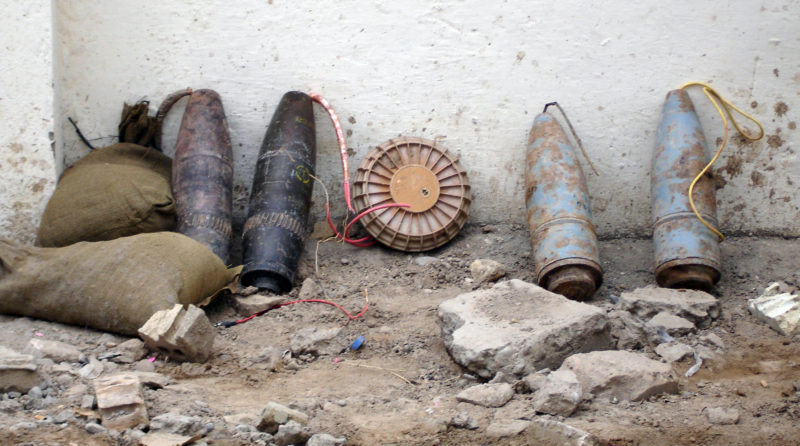 Since 2010, the oil prices have dropped to their lowest point, with the price of oil down to US$76.53 on Tuesday November 05, 2015, which is over a US$20 drop from July of this year. World demand for oil has been slowly but steadily dropping in the past years, especially given the “shale boom” in the United States: October saw the United States produce more oil than Saudi Arabia for the first time in 40 years.
Since 2010, the oil prices have dropped to their lowest point, with the price of oil down to US$76.53 on Tuesday November 05, 2015, which is over a US$20 drop from July of this year. World demand for oil has been slowly but steadily dropping in the past years, especially given the “shale boom” in the United States: October saw the United States produce more oil than Saudi Arabia for the first time in 40 years.
For OPEC nations, the extent of the panic over this development is varied. For example, in Canada the loonie dropped to 87 cents on Tuesday due in large part to declining oil prices. This is the lowest the dollar has been in five years, making many nervous that this trend will continue. Indeed, Goldman Sachs predicts that oil prices will continue to drop, perhaps even hitting as low as US$70 by the spring of 2015. This prediction includes the two most popular types of oil in North America, West Texas Intermediate (WTI) and Brent crude.

While consumers will be happy once lower prices trickle down to the gas pumps, oil producers are more at risk. As an International Energy Association release stated in mid-October, approximately 25% of new Canadian oil projects could become vulnerable if prices fall below US$80 for an extended period of time. There is cause for concern in Canada, especially for new producers in Alberta’s oil sands who face decreasing demand coupled with sluggish economic growth.
Concern is not limited to Canada, however: the same dynamic applies to shale oil producers in the United States, who are also affected by low oil prices. These new producers have a lot to lose. A large number of producers flooded the market with profitable (yet difficult to extract) crude oil, the effect on other countries (like Canada, which relies heavily on exports to the US) has been less than positive. Now the shale “boom” has led to decreased prices, which hurts new developers.
Around the world, reactions to dropping oil prices are varied; some are urging calm where others are beginning to panic, perhaps prematurely. For example, Saudi Arabia appears to be relatively unconcerned about lower oil prices given what it sees as a long-term demand for cheap crude. Theories that Saudi Arabia is willing to have oil prices set low for an indeterminate amount of time in order to push out new competitors are gaining traction, especially given these new developments. Countries like Iran and Russia have a lot to lose if Saudi Arabia continues to play this very expensive game of chicken. The extent to which Saudi Arabia is willing to go in order to save face and claim back control is unclear, yet the current situation suggests that it is willing to wait it out and let producers in countries such as Iran, Russia, and the United States sweat for a while.
Moreover, now that previously conflict ridden states such as Libya are ramping up their oil exports once again, the market is flooded with crude oil with production levels now at nearly a million barrels a day, presenting a classic supply-demand dynamic which causes prices to dip. Whether or not Libyan oil will continue to flow given the still-tumultuous nature of the conflict there, is not likely to change this picture.
In a time where Canada’s energy security is a topical issue, dropping oil prices only highlight what many have been saying for a while: that Canada needs to branch out to other markets in order to maintain profitable levels. Alternatively, the shale gas boom in the United States, the Chinese push for renewables, and Saudi Arabia’s nonchalant attitude toward lower prices have caused some to suggest that Canada could also become more self-sufficient and rely less on foreign oil. Regardless of where one stands, it is clear that the coming months will present clear challenges to Canada’s energy market that many have seen coming for a long while.




